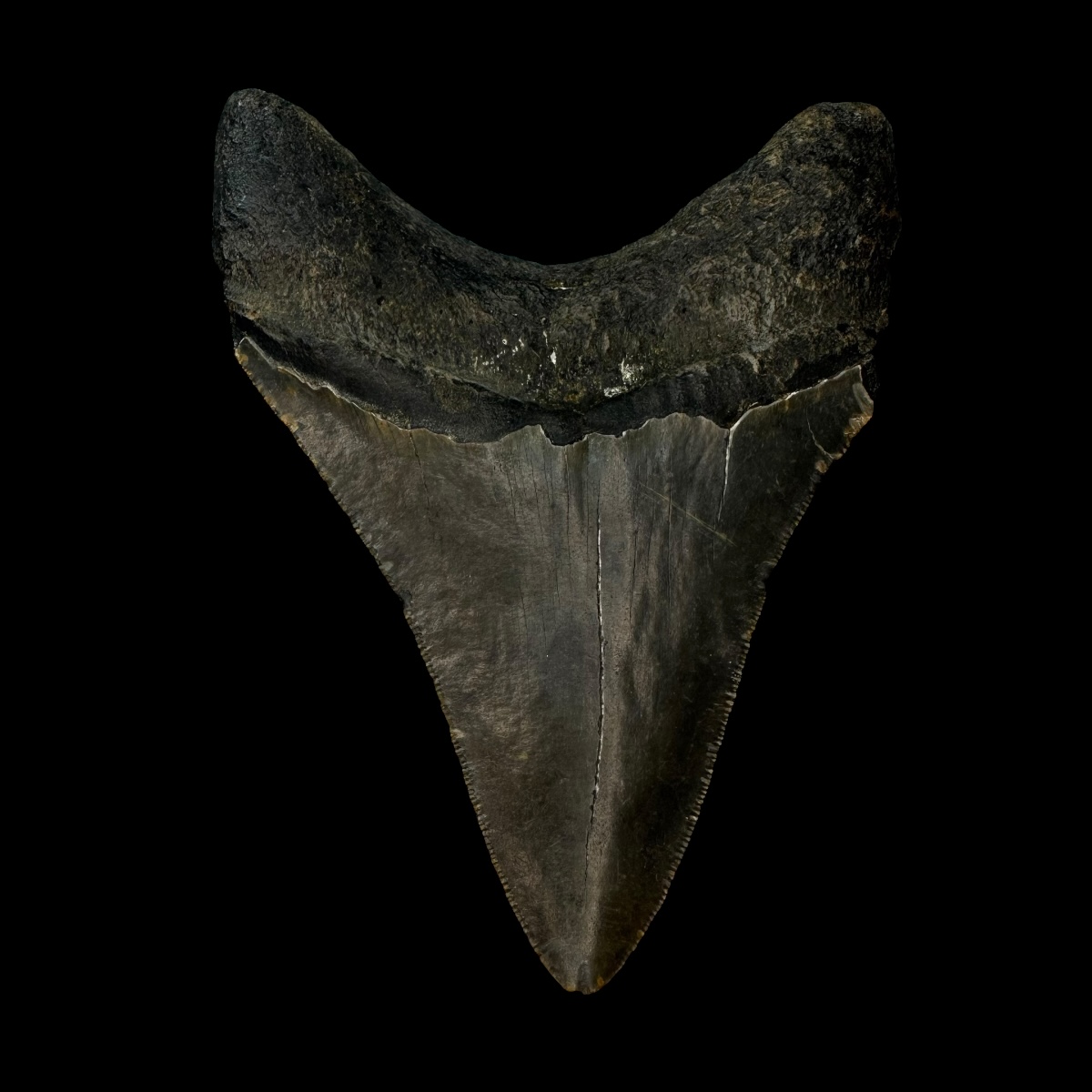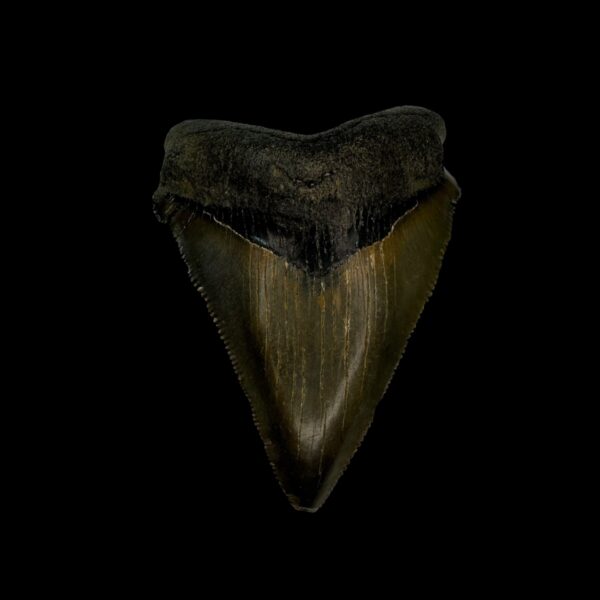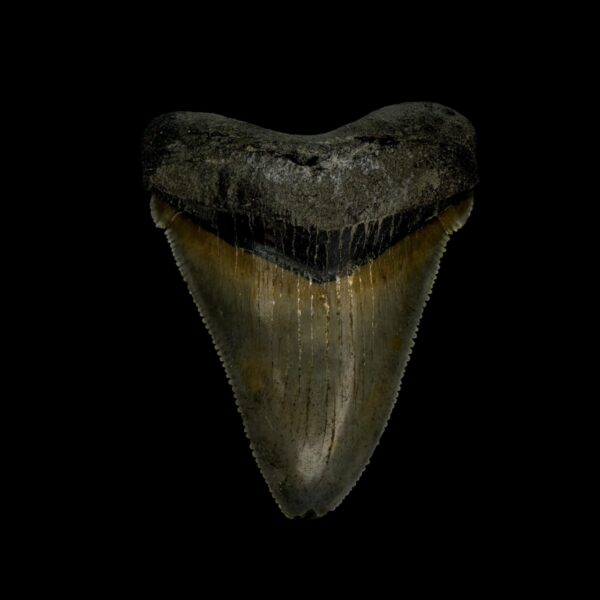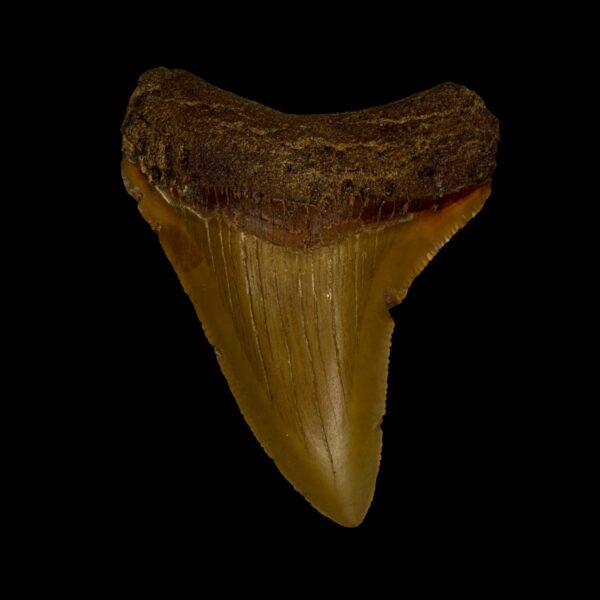Accurate Sizing: 7 Realistic Clues to Estimate the Size of a Megalodon Tooth Fossil
Introduction: Why Accurate Sizing Matters
Accurate sizing of a Megalodon tooth fossil is one of the most important steps for both collectors and paleontologists. A fossil’s size not only determines how impressive it looks but also helps estimate the actual size of the prehistoric shark it belonged to.
In this guide, we’ll explore 7 realistic clues for that experts use when measuring Megalodon fossils. Whether you’re a beginner or an advanced collector, these tips will help you value your fossils with confidence.
Accurate Sizing: Why It Matters for Megalodon Fossils
When studying Megalodon teeth, size isn’t just about display—it’s directly linked to:
Estimated shark size: Larger teeth indicate a bigger predator.
Collector’s value: Bigger teeth often command higher prices.
Scientific research: Accurate measurements provide insights into the species’ evolution.
👉 Curious about value? Check our guide: Realistic Value: 5 Expert Clues to Know How Much a Megalodon Tooth Fossil Is Worth.
7 Realistic Clues for Accurate Sizing of Megalodon Teeth
1. Root-to-Tip Length
The most basic measurement is from the tooth’s root to its tip. This length gives the clearest indication of the shark’s overall size.
2. Width of the Root
A wide, sturdy root indicates the tooth came from a powerful bite. Accurate sizing always considers width along with length.
3. Serration Detail
Sharp and well-preserved serrations add to both size accuracy and collector appeal. Erosion can make a fossil look smaller than it originally was.
4. Enamel Coverage
A tooth with full enamel coverage retains its accurate size dimensions, while worn specimens may lose millimeters that impact measurements.
5. Curvature of the Tooth
Some Megalodon teeth are slightly curved, which can create inaccurate readings if not measured carefully. Experts account for curvature to ensure precision.
6. Tooth Position in the Jaw
Front teeth are taller and narrower, while side teeth are shorter and broader. Accurate sizing depends on knowing tooth placement, not just raw measurements.
7. Comparison with Scientific Data
Paleontologists compare fossils with known records to confirm According to Smithsonian research, the largest Megalodon teeth suggest sharks could reach up to 60 feet in length.
📊 Accurate Sizing Table: Tooth Size vs. Shark Size Estimate
| Tooth Length | Estimated Shark Size | Collector Insight |
|---|---|---|
| 3 inches | 25–30 feet | Common fossils, entry-level |
| 4 inches | 35–40 feet | Mid-range collectors |
| 5 inches | 45–50 feet | High-value specimens |
| 6+ inches | 55–60 feet | Museum-grade, rare |
Common Mistakes in Megalodon Fossil Sizing
Measuring only length without width.
Ignoring curvature of the tooth.
Comparing teeth from different jaw positions without context.
Using inaccurate tools instead of calipers.
Avoiding these mistakes ensures of Megalodon fossils and prevents collectors from misjudging value.
FAQs About of Megalodon Fossils
Q1: How do scientists estimate shark size from tooth length?
By comparing tooth length to established scaling models, scientists calculate the shark’s estimated body size.
Q2: What’s the largest accurately sized Megalodon tooth?
The largest recorded teeth are over 7 inches, suggesting sharks nearly 60 feet long.
Q3: Why is accurate sizing important for collectors?
Because size influences both market value and scientific credibility of the fossil.
Q4: What tools are best for?
Digital calipers are preferred for precise measurements of length and width.
Conclusion: Accurate Sizing Builds Confidence in Collecting
The Megalodon tooth fossils is essential for collectors, scientists, and investors. By applying the 7 realistic clues—from root length to enamel coverage and scientific comparison—you can measure fossils with confidence and avoid costly mistakes.
At The Fossil Exchange, every fossil is measured using professional standards, ensuring and certified authenticity.
👉 Shop Our Collection of Accurately Sized Megalodon Fossils →




